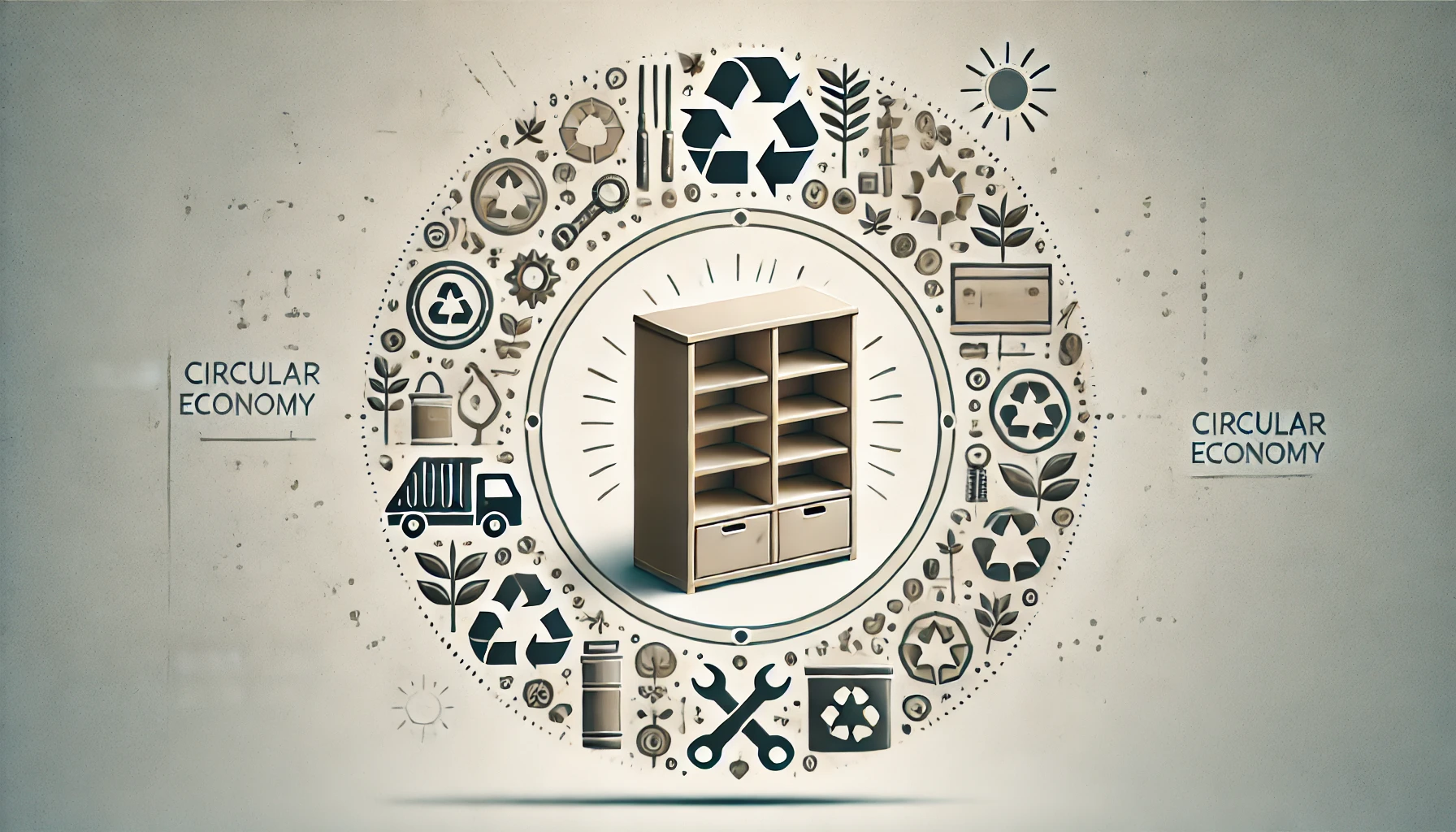In an era when environmental responsibility is more crucial than ever, IKEA is championing a model where your beloved Billy bookcase—and other popular items—can live multiple lives. This vision comes from the company’s Chief Sustainability Officer, who recently emphasized IKEA’s dedication to sustainability and circularity, particularly through initiatives like repair, resale, and recycling. The goal? To ensure IKEA products contribute to a net-zero emissions world by 2050.
The Shift to Circularity
IKEA’s focus on circularity represents a major shift in how the company designs, manufactures, and manages the lifecycle of its products. Circularity means creating products intended to last longer, with modular designs that allow for easy disassembly, repair, and recycling. Instead of encouraging consumers to throw away and replace items, IKEA is moving toward a model where products like the Billy bookcase can be repaired or repurposed, potentially moving through several owners.
“Every product deserves multiple lives,” says IKEA’s Chief Sustainability Officer, noting that longevity is a crucial aspect of the company’s sustainability approach. This shift isn’t just about environmental responsibility—it’s also about offering more value to customers, enabling them to buy items that will last well beyond a single use cycle.
Repair and Resale: Extending Product Lifespans
To support this commitment, IKEA is expanding its repair and resale services worldwide. In many countries, customers can already return gently used furniture, which IKEA refurbishes and resells at a discount. Additionally, IKEA has rolled out repair guides and replacement parts for items like the Billy bookcase, empowering customers to fix rather than discard their furniture.
Through these initiatives, IKEA is enabling customers to make more sustainable choices. By 2030, the company aims to generate 50% of its revenue from circular products and services. The resale programs not only reduce waste but also make high-quality, affordable furniture accessible to a wider audience.
Aiming for Net-Zero by 2050
IKEA’s broader sustainability goal is to achieve net-zero emissions by 2050. To reach this target, IKEA has committed to using renewable and recycled materials in 100% of its products by 2030, drastically reducing its environmental footprint. Additionally, the company is transitioning to renewable energy sources in its production processes and logistics.
The company is also exploring ways to design products that are fully recyclable at the end of their life. This commitment to sustainability aligns with the values of modern consumers who seek both quality and environmental responsibility in the brands they support.
Empowering a New Consumer Mindset
IKEA’s approach encourages consumers to rethink furniture ownership and consumption habits. By offering repair and resale options, IKEA promotes a lifestyle that values resourcefulness and reduces waste. For customers, this means buying fewer products over time, with the confidence that their IKEA furniture is built to last and evolve with their needs.
Through its efforts, IKEA is setting a powerful example for the retail industry. The Billy bookcase—and every other piece of IKEA furniture—can now be a part of a circular economy that emphasizes durability, repairability, and shared responsibility for the environment.
As IKEA moves toward a net-zero future, its commitment to circularity is reshaping how we view everyday items. The Billy bookcase is more than a shelf; it’s a symbol of sustainable design and responsible consumption. By supporting repair and resale, IKEA invites us all to rethink our relationship with furniture—one that values longevity, creativity, and respect for the planet.
With sustainability at its core, IKEA’s journey is a reminder that even a humble bookcase can have a meaningful impact on the world. As consumers, we are empowered to make choices that reflect our commitment to a more sustainable future, with products that truly stand the test of time.




